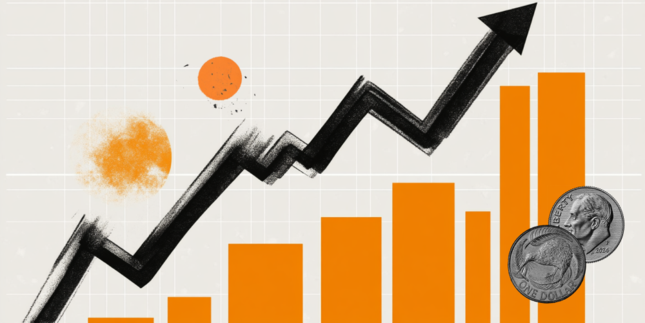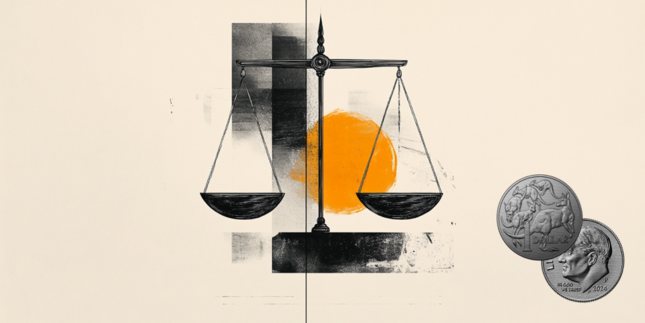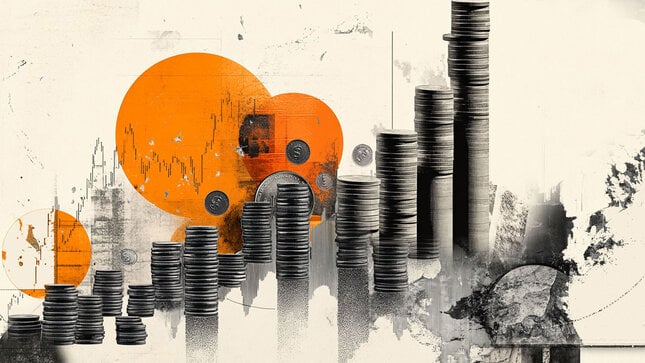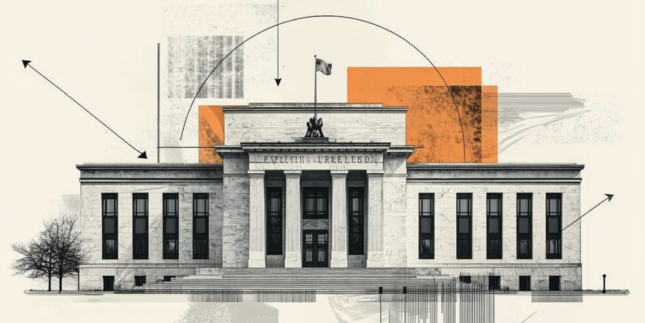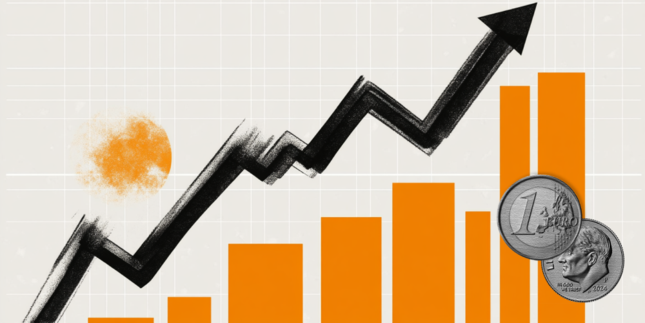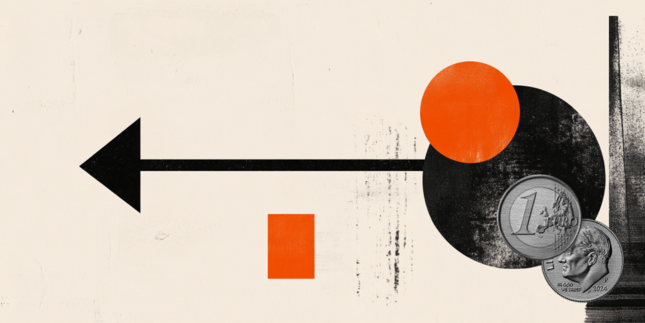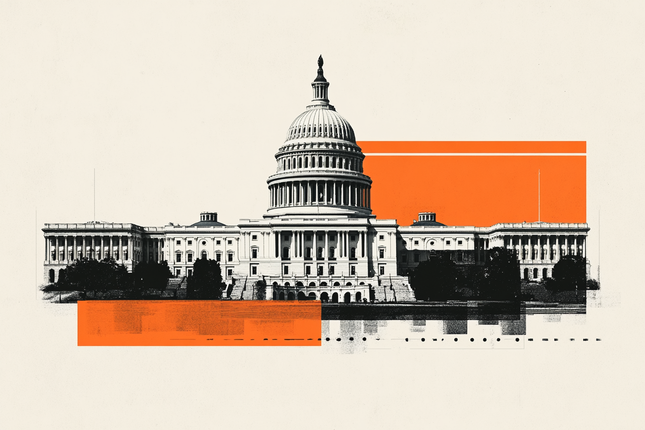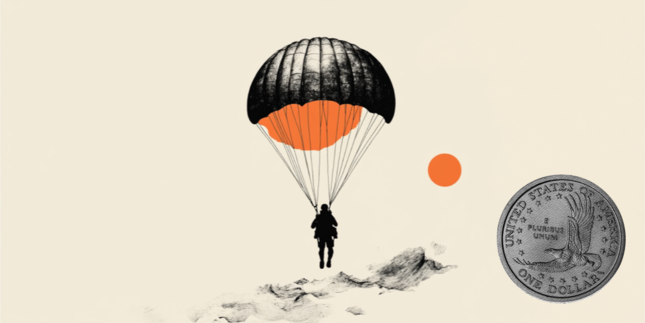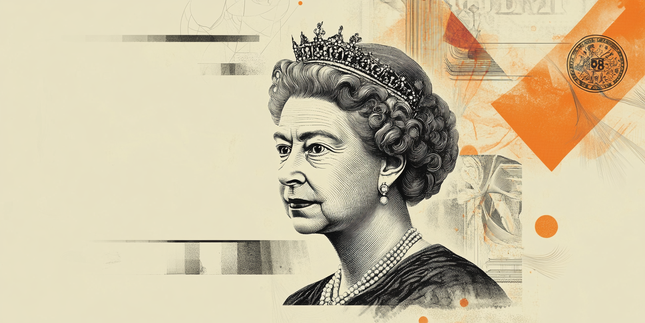USD/INR tumbles as traders brace for US NFP release
- The Indian Rupee gains traction in Friday’s early European session.
- Recovery in foreign inflows, weaker US Dollar and lower crude oil prices support the INR.
- The Indian HSBC PMI and US employment data will be the highlights later on Friday.
The Indian Rupee (INR) trades on a positive note on Friday. A robust recovery in local equities provides some support to the Indian currency. Additionally, the safe haven status of the US Dollar (USD) might be diminished due to concerns about how trade policy may impact growth in the US. This, in turn, might help limit the INR's losses. The fall in crude oil prices could also help the Indian Rupee rebound as India is the world's third-largest oil consumer.
Traders brace for the final readings of India’s HSBC Composite and Services Purchasing Managers Index (PMI), which are due later on Friday. On the US docket, all eyes will be on the US March employment data, including Nonfarm Payrolls (NFP), Unemployment Rate and Average Hourly Earnings. If the reports show a stronger-than-expected outcome, this could boost the Greenback against the INR in the near term.
Indian Rupee gains traction ahead of highly-anticipated US NFP data
- Trump said on Wednesday that he would impose 26% tariffs on imports from India effective from April 9, a component of his comprehensive plan to place duties on all US imports.
- The US ISM Services Purchasing Managers Index (PMI) eased to 50.8 in March from 53.5 in February. This reading came in lower than the estimation of 53.0.
- Fed Vice Chair Philip Jefferson said late Thursday that interest rates remain well positioned despite a high degree of uncertainty in the economic outlook. Jefferson added that there is no need to be in a hurry on policy rate adjustments.
- Fed Governor Lisa Cook noted that the US central bank can take its time to assess a highly unsettled environment before moving interest rates again, amid risks inflation could worsen due to tariffs, per Reuters.
- Short-term interest-rate futures are now pricing in nearly 70% odds of a Fed rate cut in the June meeting, up from about 60% before the tariffs were announced, according to the CME FedWatch tool.
USD/INR’s bearish bias lingers despite mild recovery
The Indian Rupee edges higher on the day. The USD/INR pair paints a negative picture on the daily chart as the price remains capped below the key 100-day Exponential Moving Average (EMA). Nonetheless, the 14-day Relative Strength Index (RSI) reaches oversold territory below the 30.00 mark, suggesting that a temporary recovery or further consolidation cannot be ruled out in the near term.
In the bearish case, the low of April 3 at 85.20 acts as an initial support level for USD/INR. Further south, the next contention level is seen at the 85.00 psychological level, followed by 84.84, the low of December 19.
On the bright side, the immediate resistance level to watch is 85.87, the 100-day EMA. Sustained trading above the mentioned level could pave the way to 86.48, the low of February 21, en route to 87.00, the round mark.
Indian economy FAQs
The Indian economy has averaged a growth rate of 6.13% between 2006 and 2023, which makes it one of the fastest growing in the world. India’s high growth has attracted a lot of foreign investment. This includes Foreign Direct Investment (FDI) into physical projects and Foreign Indirect Investment (FII) by foreign funds into Indian financial markets. The greater the level of investment, the higher the demand for the Rupee (INR). Fluctuations in Dollar-demand from Indian importers also impact INR.
India has to import a great deal of its Oil and gasoline so the price of Oil can have a direct impact on the Rupee. Oil is mostly traded in US Dollars (USD) on international markets so if the price of Oil rises, aggregate demand for USD increases and Indian importers have to sell more Rupees to meet that demand, which is depreciative for the Rupee.
Inflation has a complex effect on the Rupee. Ultimately it indicates an increase in money supply which reduces the Rupee’s overall value. Yet if it rises above the Reserve Bank of India’s (RBI) 4% target, the RBI will raise interest rates to bring it down by reducing credit. Higher interest rates, especially real rates (the difference between interest rates and inflation) strengthen the Rupee. They make India a more profitable place for international investors to park their money. A fall in inflation can be supportive of the Rupee. At the same time lower interest rates can have a depreciatory effect on the Rupee.
India has run a trade deficit for most of its recent history, indicating its imports outweigh its exports. Since the majority of international trade takes place in US Dollars, there are times – due to seasonal demand or order glut – where the high volume of imports leads to significant US Dollar- demand. During these periods the Rupee can weaken as it is heavily sold to meet the demand for Dollars. When markets experience increased volatility, the demand for US Dollars can also shoot up with a similarly negative effect on the Rupee.
Forex News
Keep up with the financial markets, know what's happening and what is affecting the markets with our latest market updates. Analyze market movers, trends and build your trading strategies accordingly.



